
Bathing is a great way to unwind and pamper yourself after a long day. To make your bath truly relaxing and rejuvenating, try incorporating meditation into your bath routine. With the right approach, you can transform your bath into a sanctuary for both your body and mind. In this article, we'll guide you through different ways to incorporate meditation in your bath routine for the ultimate bath relaxation experience.
Step 1: Set the Mood for Your Bath Meditation
To create a relaxing atmosphere, keep your bathroom clean and clutter-free. Light some candles or use dim lights to create a calming environment. Aromatherapy can also help in setting the right mood. Add a few drops of essential oils such as lavender, chamomile, or eucalyptus to your bathwater or use a diffuser to disperse the scent throughout the space.
You can also play calming music or nature sounds to help set the stage for relaxation. Make sure to choose soothing, slow-paced tunes that won't distract you during your meditation practice.
Step 2: Get Comfortable with the Ultimate Bath Pillow for Tub
Your comfort during the bath meditation is crucial to help you focus on your meditation practice. That's where the ultimate bath pillow for tub comes in. A luxury bath pillow supports your head, neck, and shoulders, allowing you to find the most comfortable position.
Using a high-quality bath pillow also prevents strain and discomfort, ensuring that your body remains relaxed throughout the session. Efforest's collection of bath pillows offers various options to choose from, catering to different preferences and providing lasting comfort.
Step 3: Choose the Right Bath Meditation Technique
There are several meditation techniques to choose from, depending on your experience level and personal preferences. Here are some popular bath meditation techniques:
Focused Attention Meditation
This technique involves focusing on a single point, such as your breath or the sensations of the warm water on your skin. Allow yourself to become fully aware of your body and immerse yourself in the present moment.
Body Scan Meditation
During a body scan meditation, you systematically and consciously shift your focus from one part of your body to another. Start from your toes and gently move up, acknowledging the sensations and releasing any tension you may find.
Loving-Kindness Meditation
This type of meditation focuses on cultivating love and compassion for yourself and others. Begin by directing feelings of warmth and love towards yourself, followed by your loved ones, acquaintances, and eventually, all living beings.
Step 4: Practice Regularly for Better Results
Consistency is key when it comes to meditation. To experience the full benefits of bath meditation, make it a regular part of your relaxation routine. Choose a frequency that works best for you, whether it's daily, weekly, or a few times a month.
Regular practice helps you develop a deeper connection with yourself, improves your mental focus, and provides lasting relaxation. Over time, you may find it becomes more comfortable to slip into a meditative state during your bath and overall, leading to greater bath relaxation and mental clarity.

Step 5: Customize Your Bath Meditation Experience
Lastly, feel free to modify and personalize your bath meditation by incorporating other relaxation techniques or rituals. You can try incorporating deep breathing exercises, gentle stretches, or even use affirmations to boost self-love and self-esteem.
Moreover, you can experiment with different bath additives, such as bath salts, oils, and even flower petals to enhance your sensory experience and make your bath meditation even more enjoyable.
In conclusion, incorporating meditation into your bath routine can create an ultimate bath relaxation experience that rejuvenates both your body and mind. By setting the mood, ensuring comfort, choosing the right meditation technique, and practicing regularly, you can transform your bathtub into a haven of tranquility. And don't be afraid to customize your bath meditation practice to suit your unique preferences and needs.
People Also Ask
How do you meditate in a bath?
To meditate in a bath, follow these steps:
- Set the mood by creating a relaxing atmosphere with dim lighting, calming scents, and soothing music or nature sounds.
- Ensure your comfort by using a high-quality bath pillow to support your head, neck, and shoulders.
- Choose a meditation technique, such as focused attention, body scan, or loving-kindness meditation.
- Close your eyes and begin your meditation practice, focusing on your breath or chosen technique.
- Complete your meditation with a few deep breaths and gently open your eyes.
Is it good to meditate in a bath?
Yes, it's good to meditate in a bath. Combining meditation and bathing can provide ultimate relaxation by calming your mind while soothing your body. It can also help create a closer connection with yourself and improve your mental focus. Remember always to be cautious about safety, such as preventing the risk of slipping or falling when meditating in the bath.
How do I incorporate meditation into my routine?
To incorporate meditation into your routine:
- Set a specific time each day or week dedicated to your meditation practice.
- Choose a quiet and comfortable location, free from distractions.
- Start with a manageable duration, such as 5-10 minutes, and gradually increase it over time.
- Experiment with different meditation techniques and find one that resonates with you.
- Keep track of your progress and make adjustments as necessary to maintain consistency.
How do you take a mindful bath?
Taking a mindful bath involves the following steps:
- Set the mood by creating a peaceful environment with dim lighting, soothing scents, and calming sounds.
- Draw a warm bath, adding your choice of essential oils, bath salts, or other bath additives.
- Slowly submerge yourself in the water, paying attention to how it feels on your skin.
- Take a few deep, slow breaths, focusing on the sensations of breathing and the warmth surrounding your body.
- Practice a meditation technique or simply bring awareness to the present moment, while remaining mindful of your body and the sensations you experience during the bath.





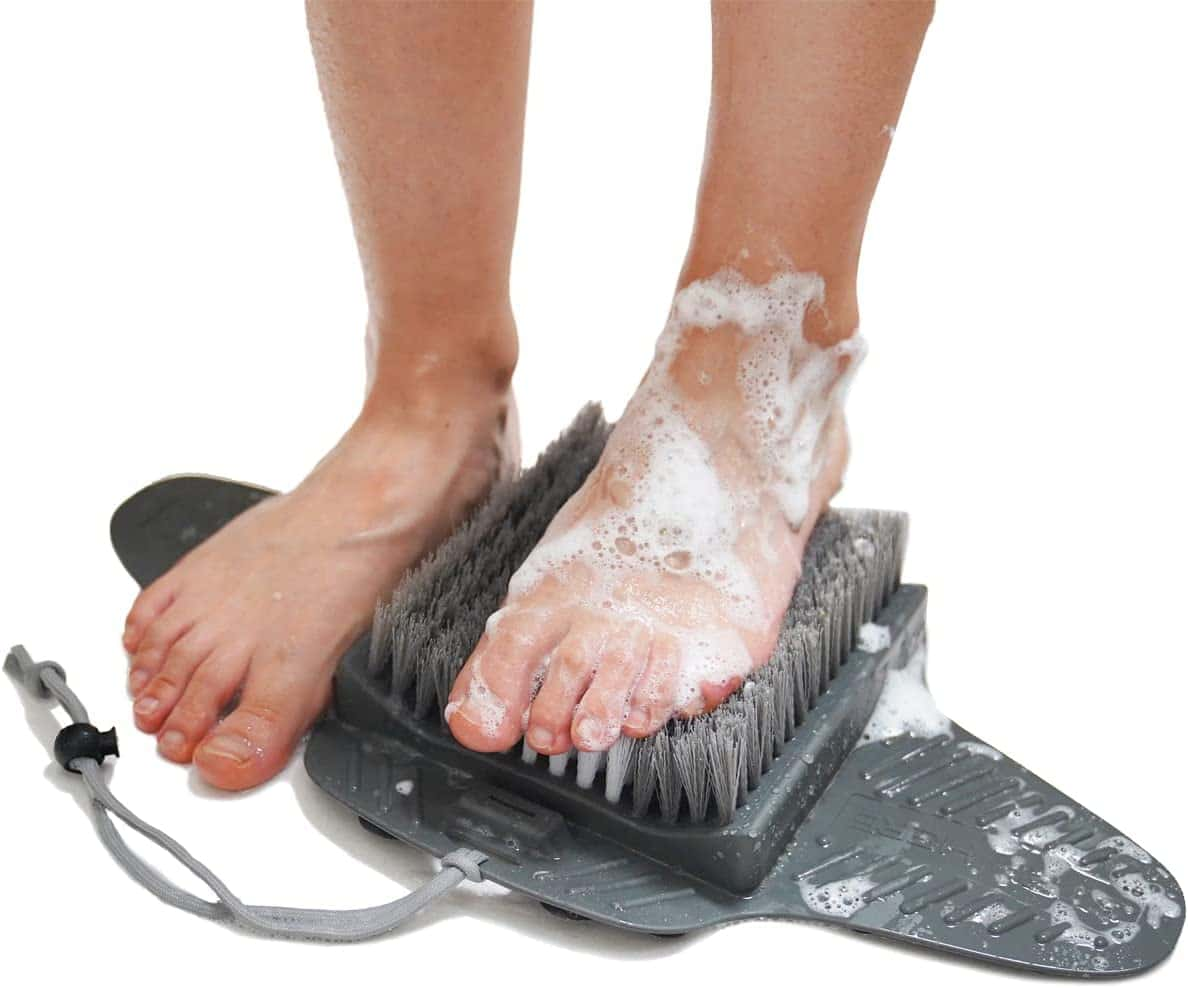

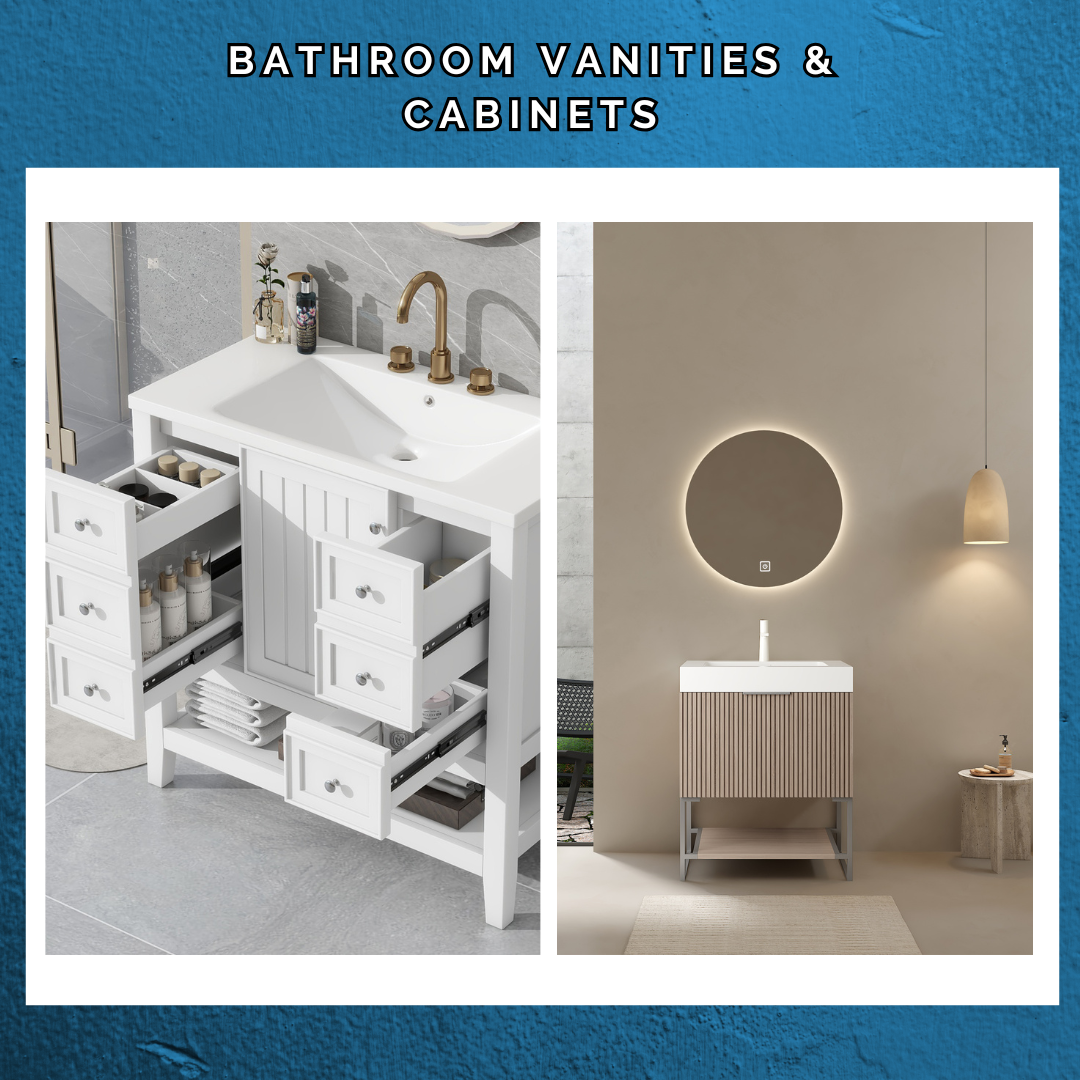
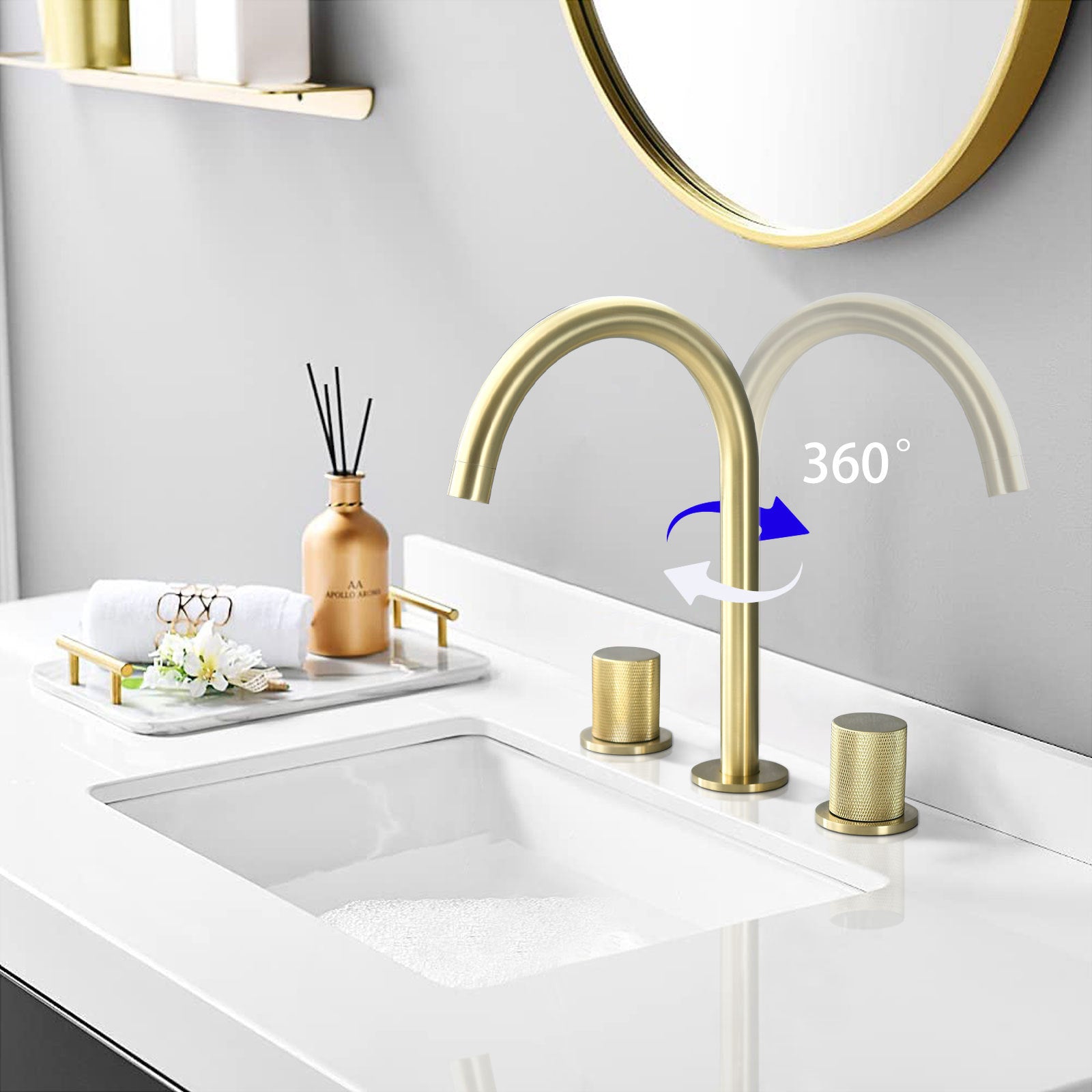
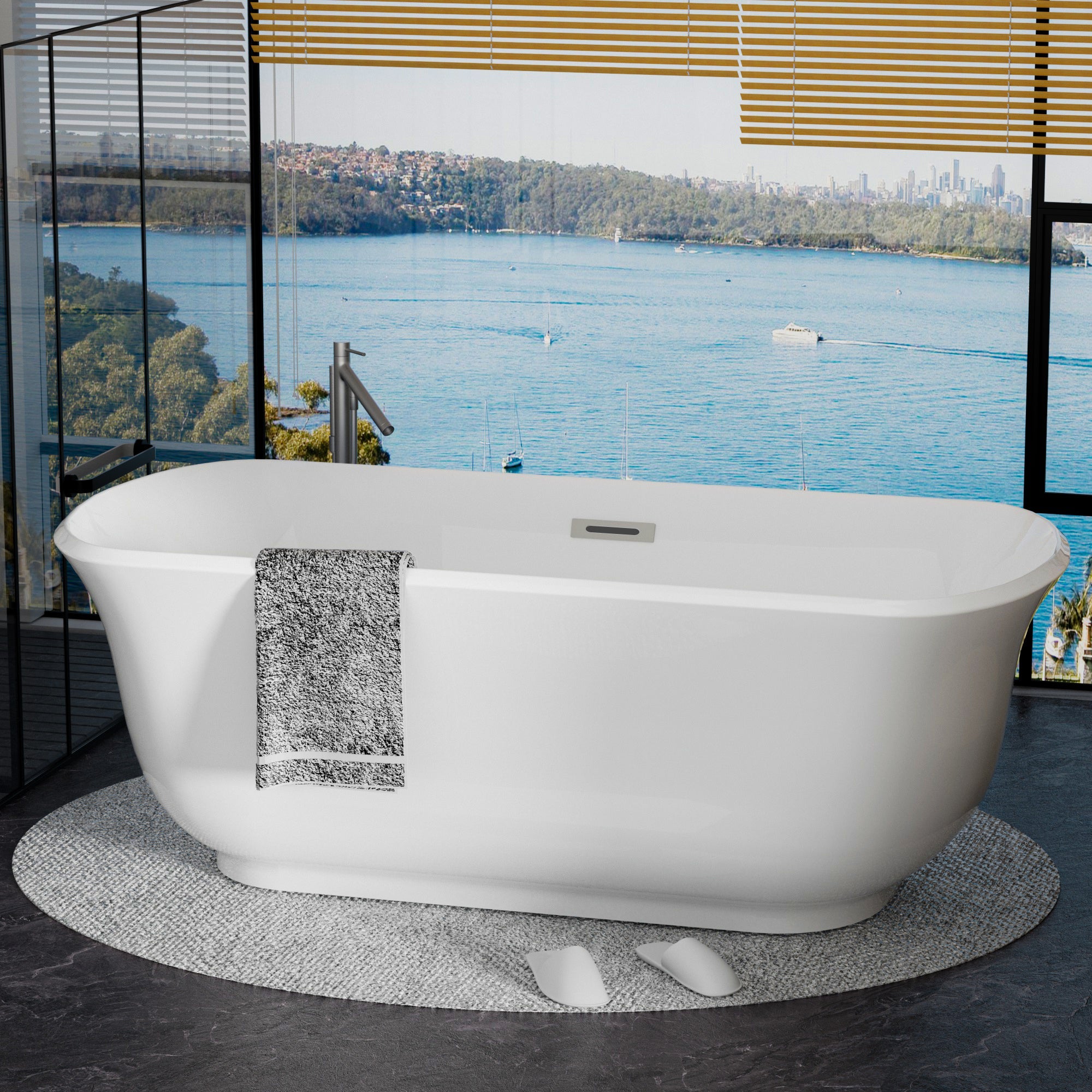



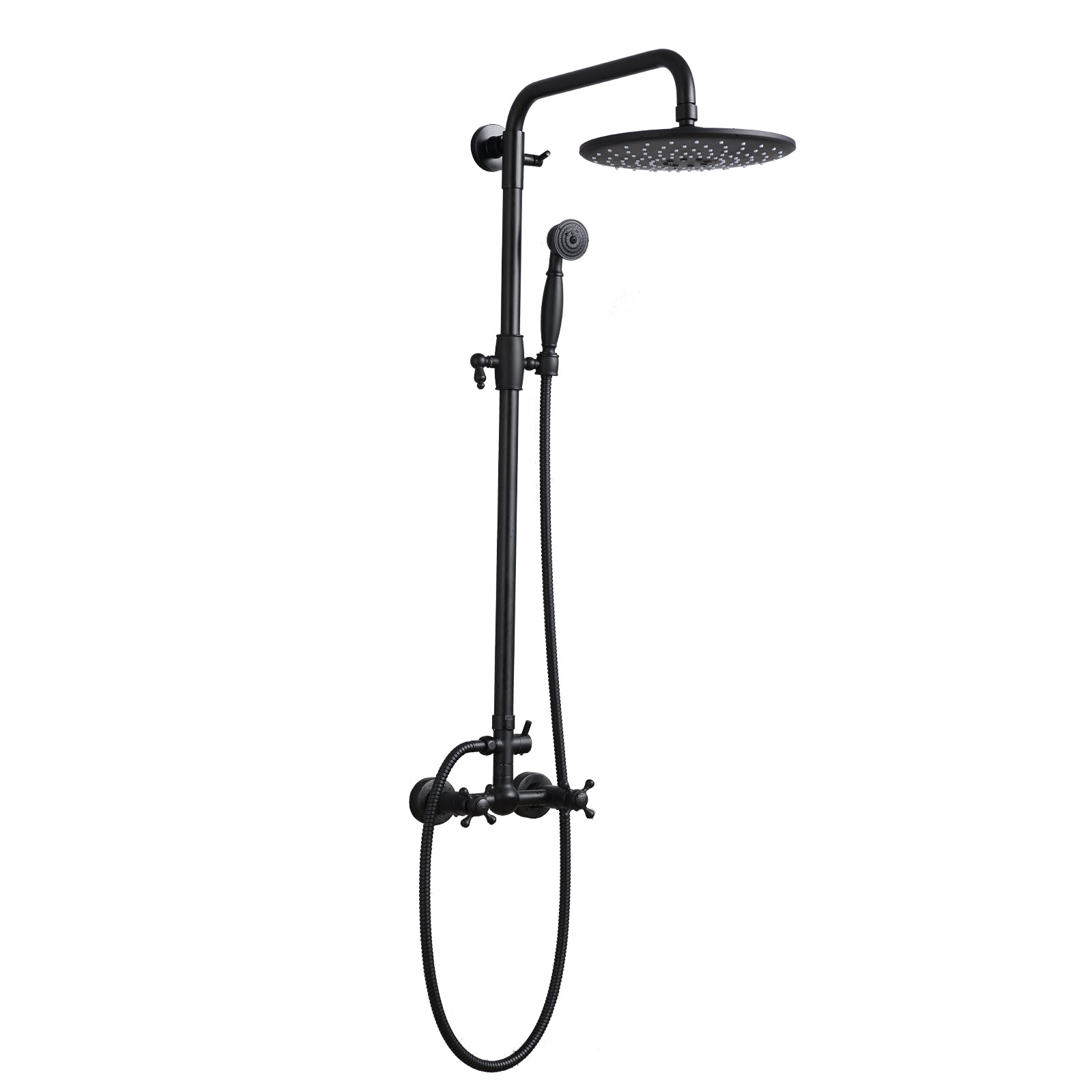






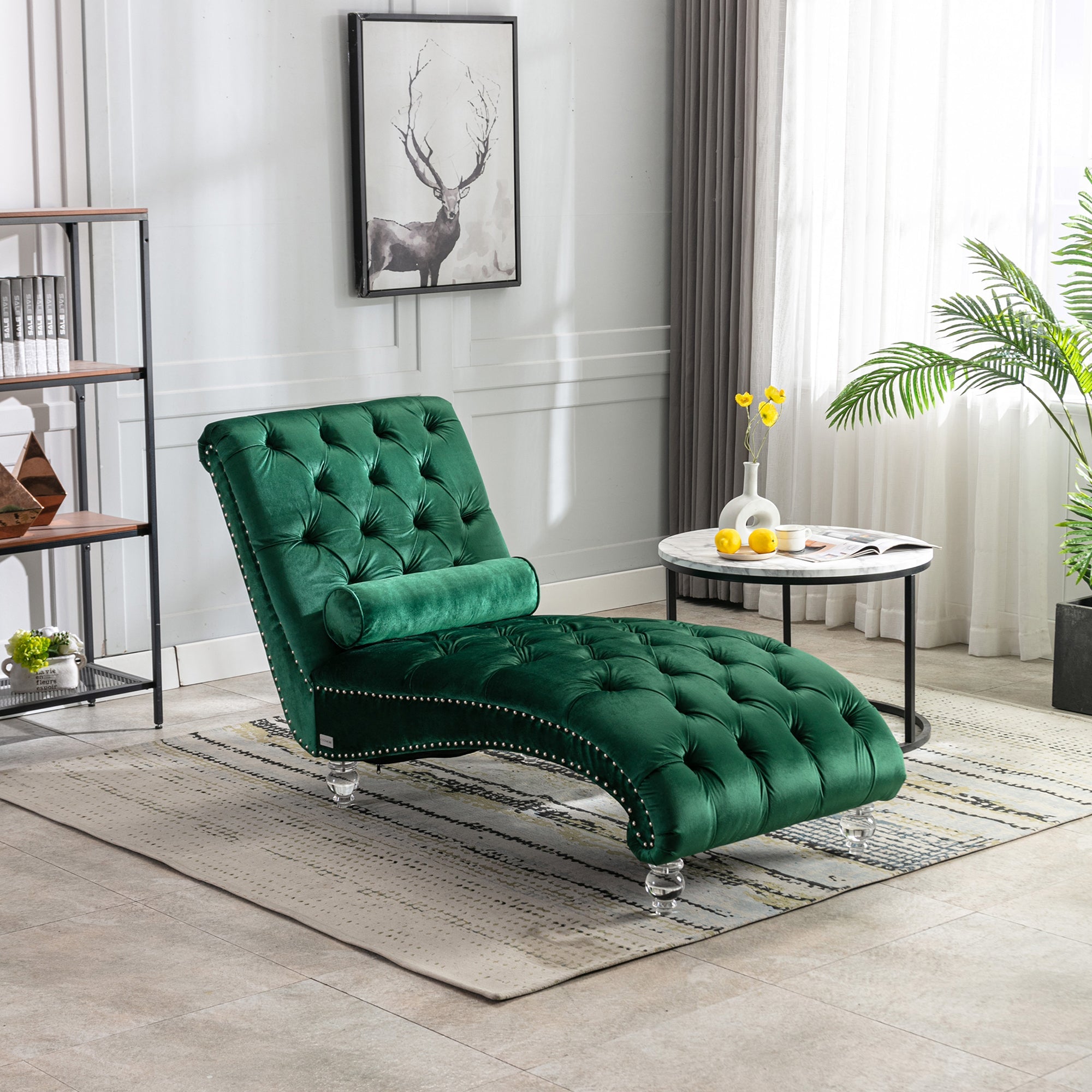




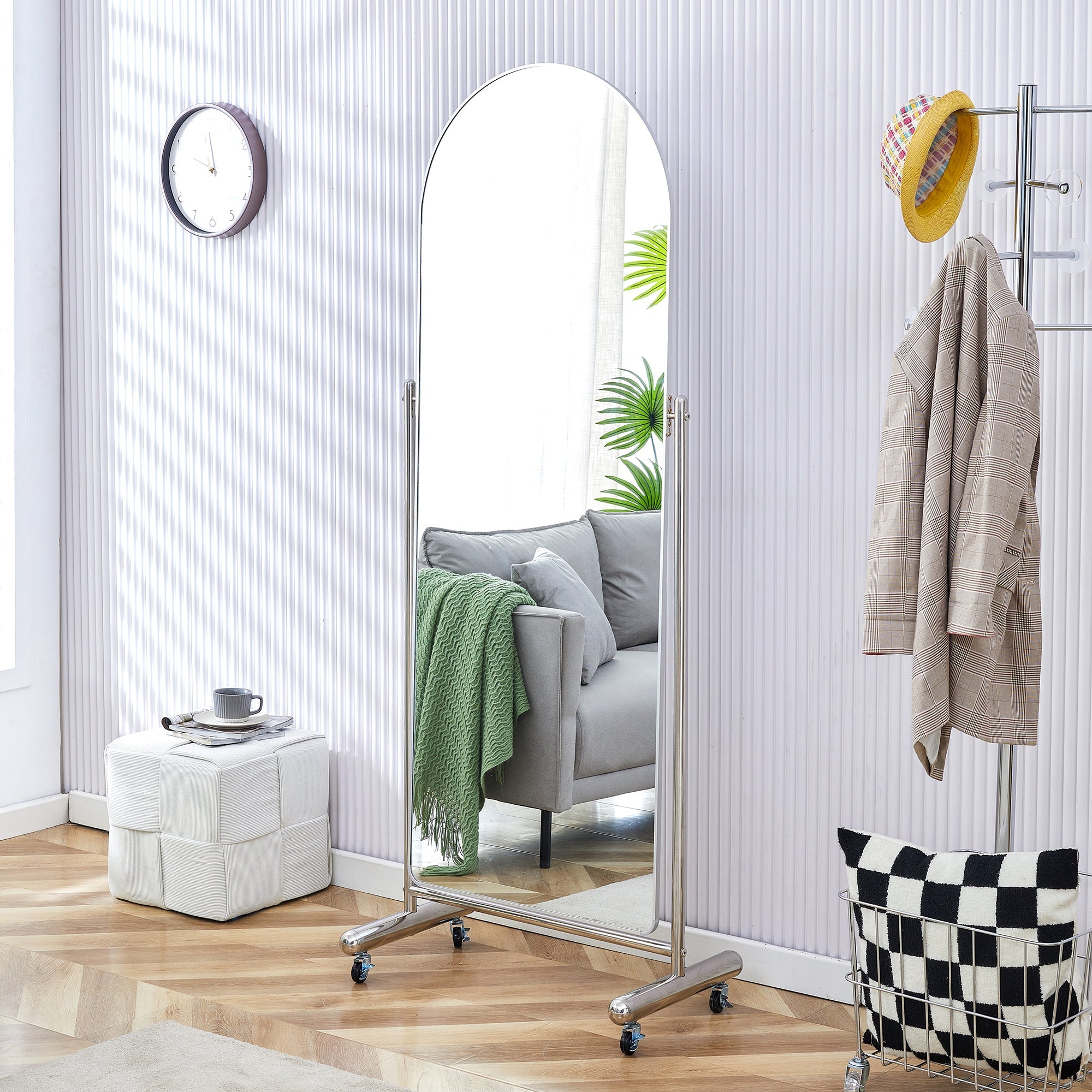





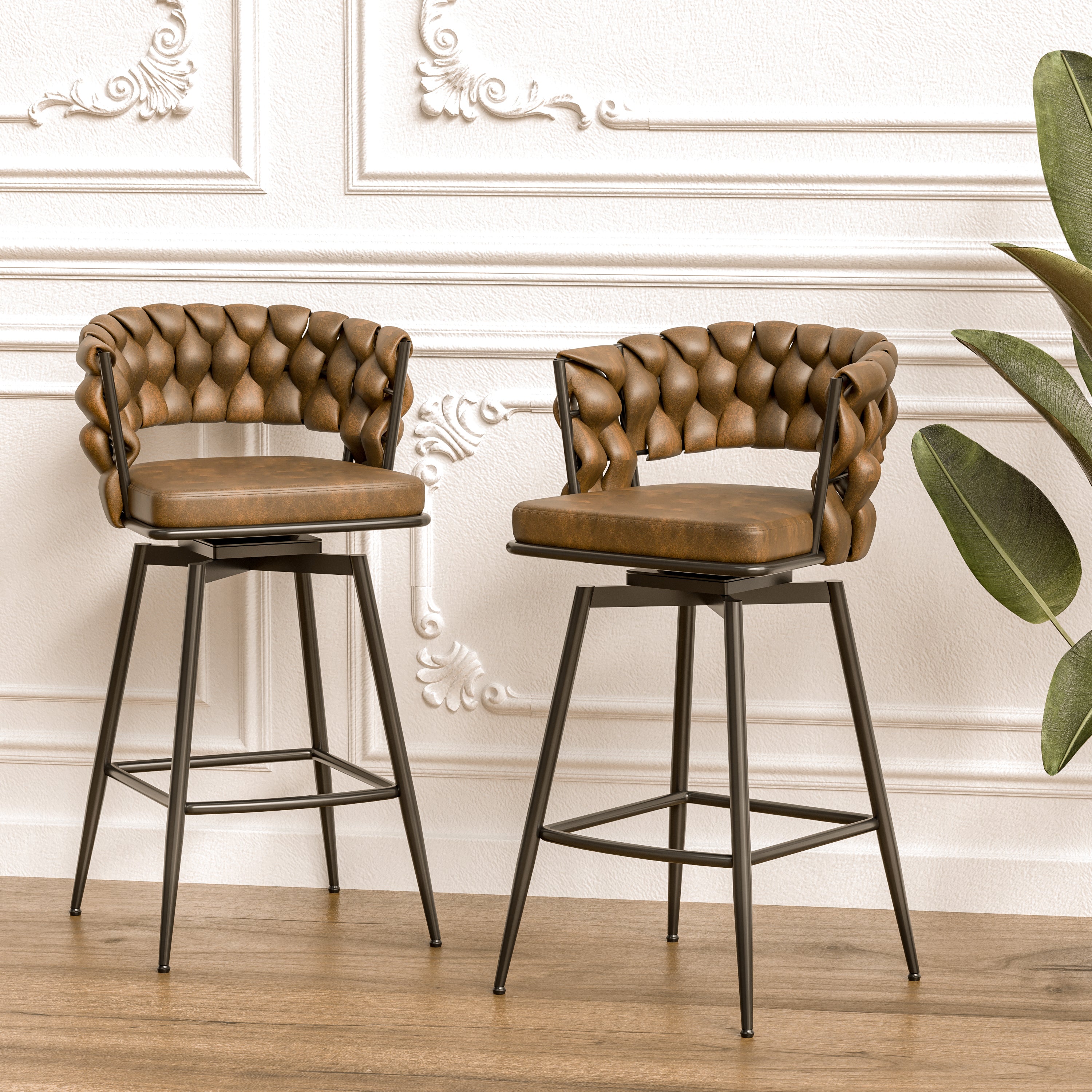


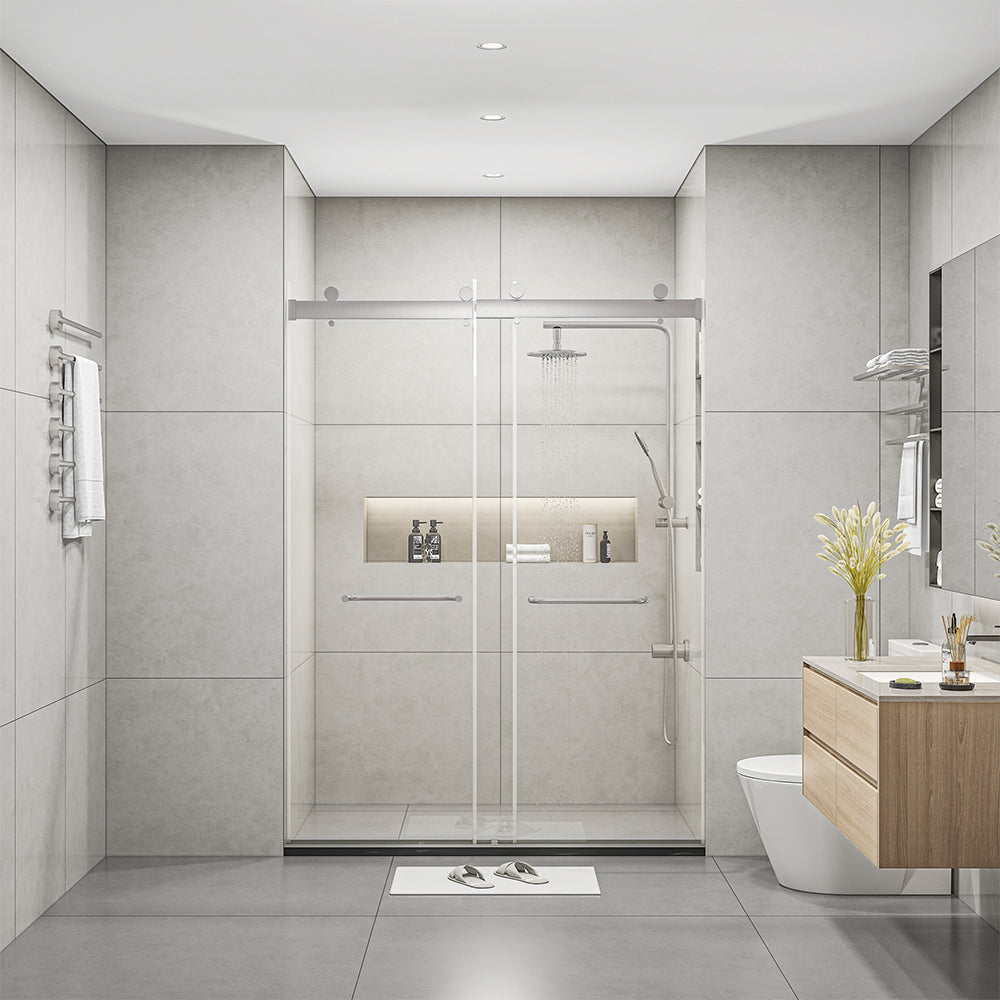

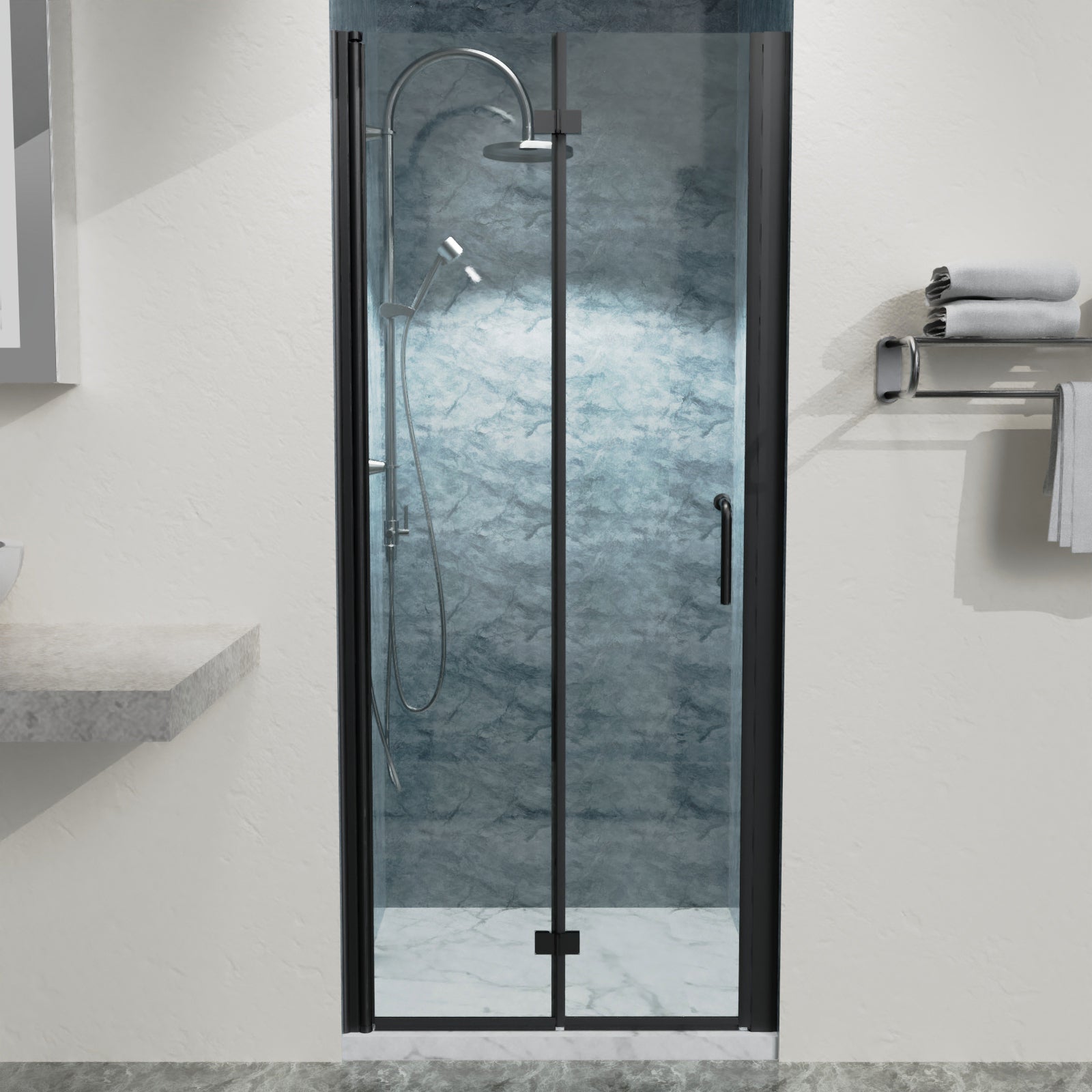
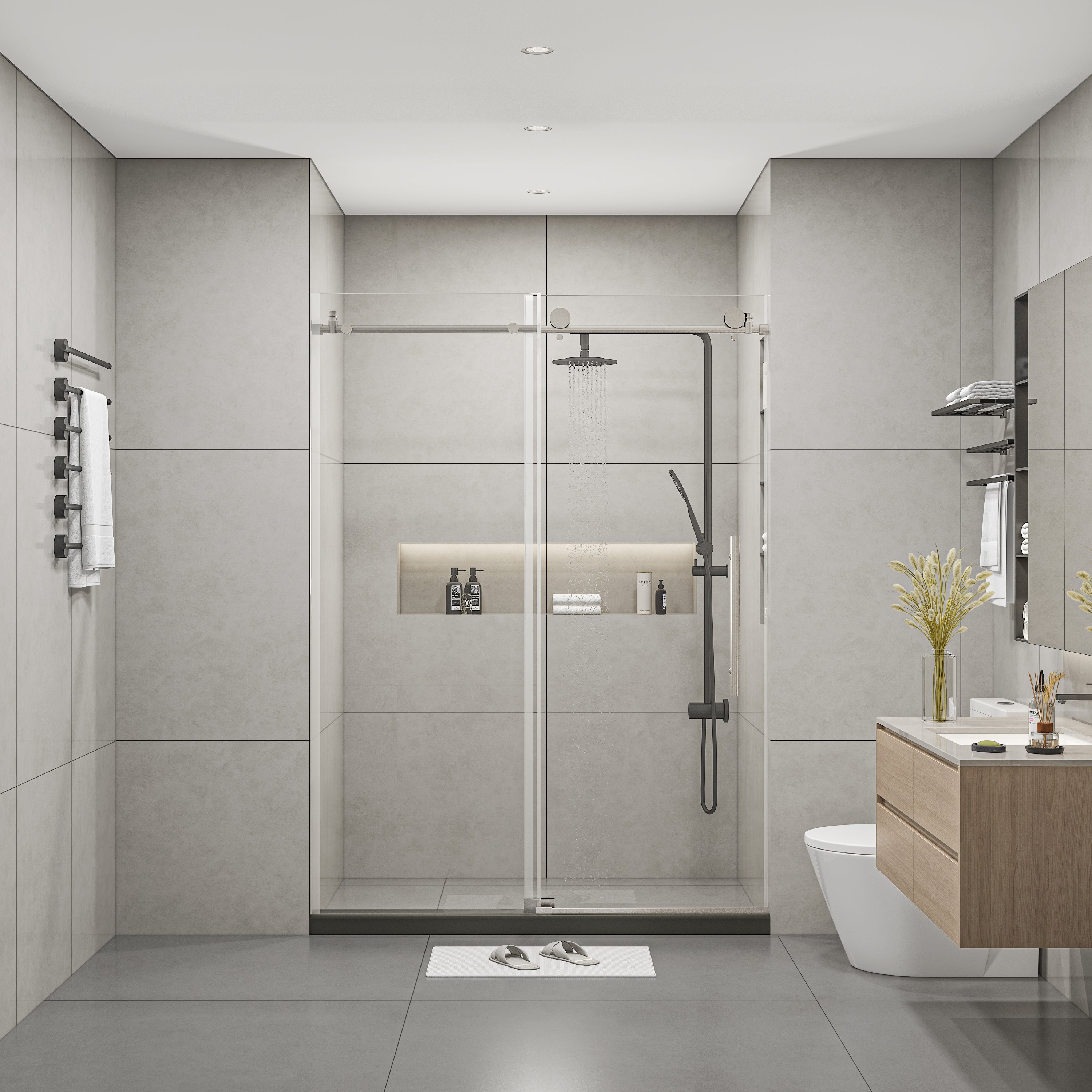




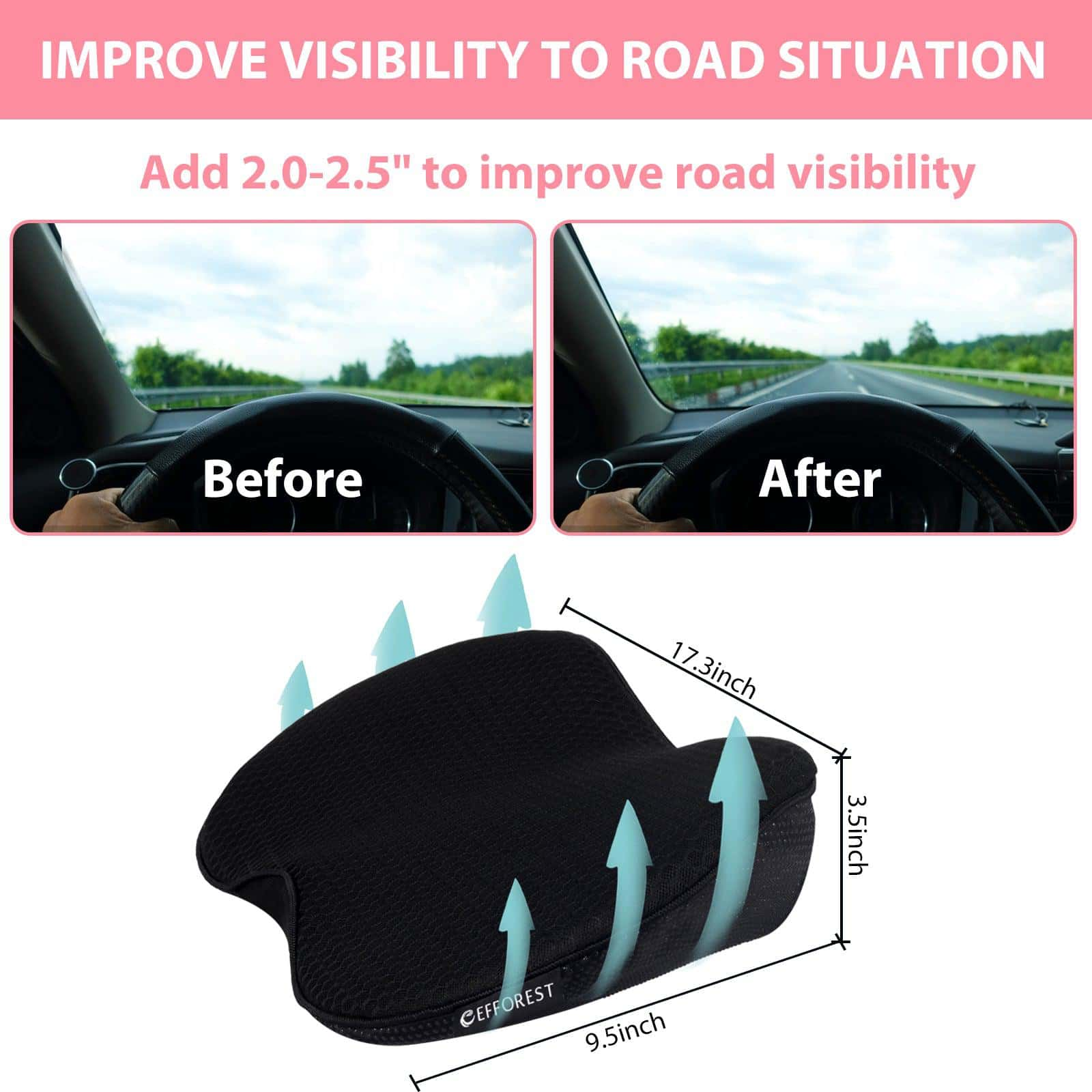



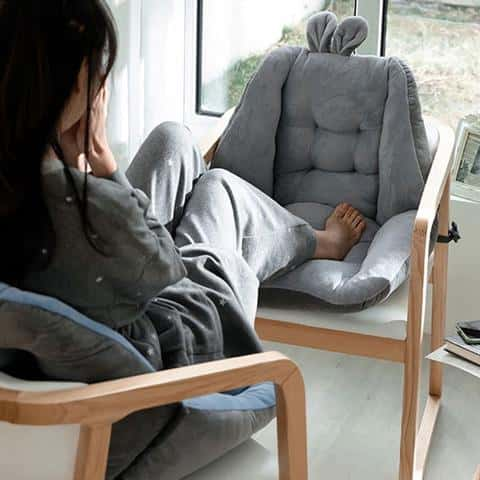

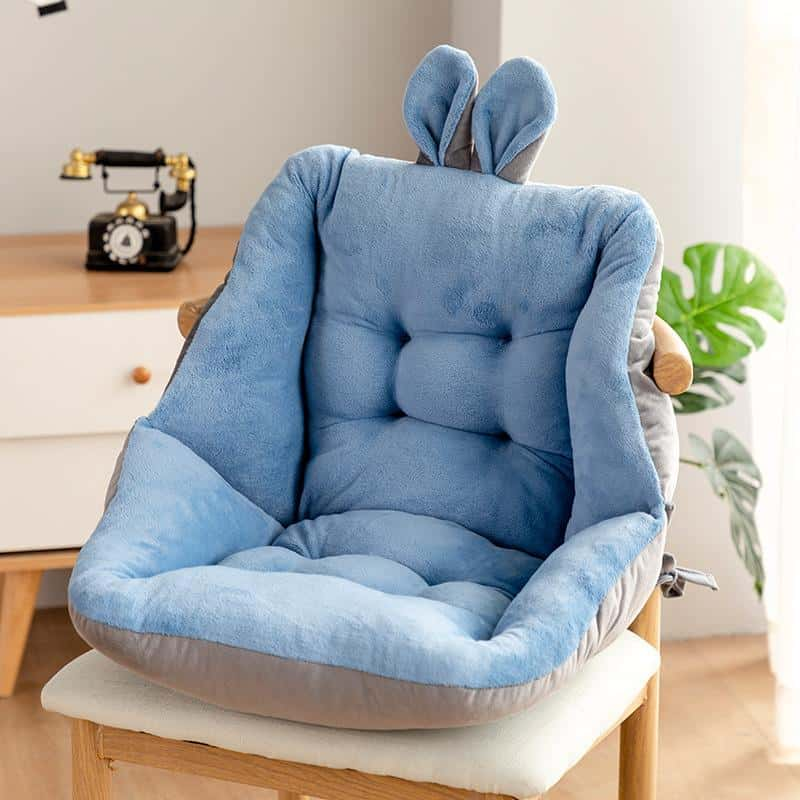

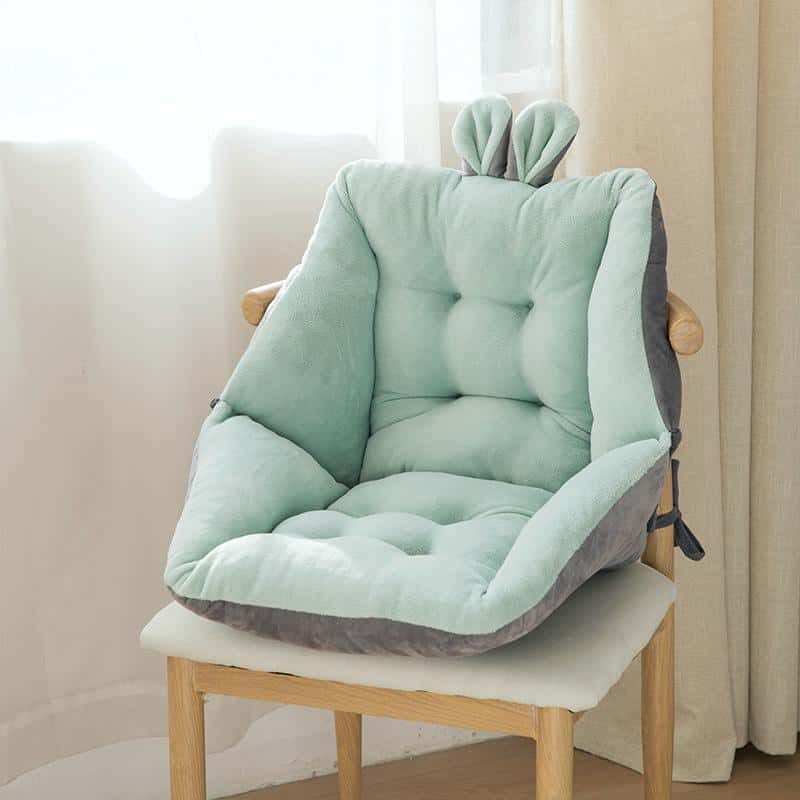

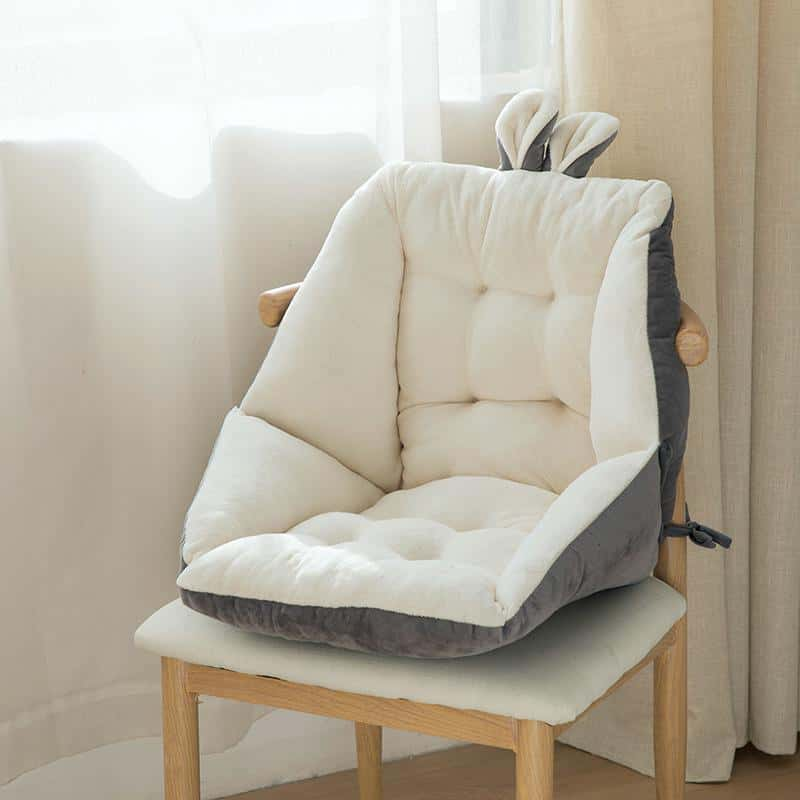
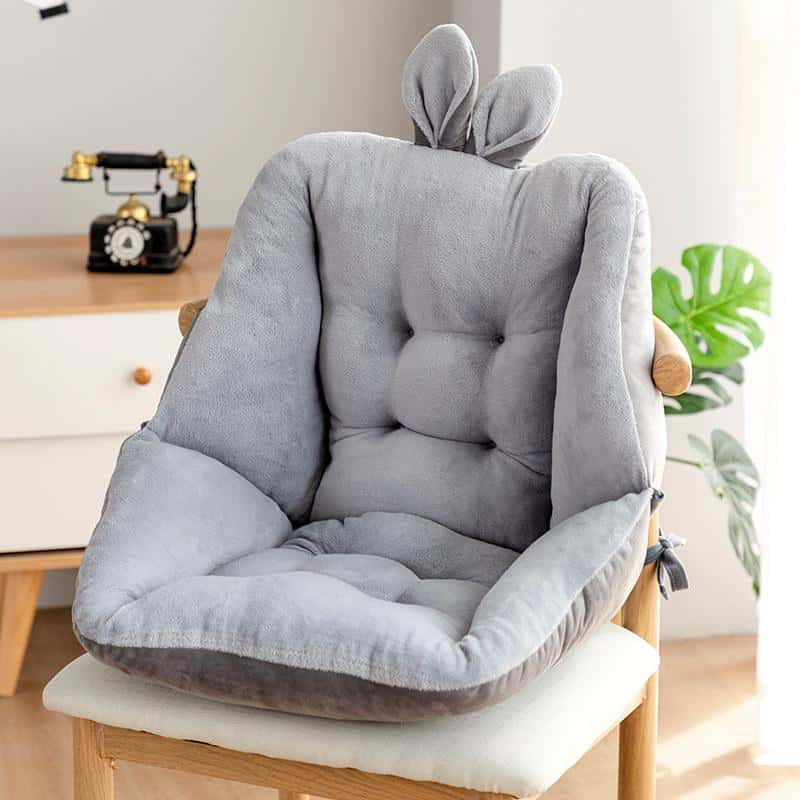





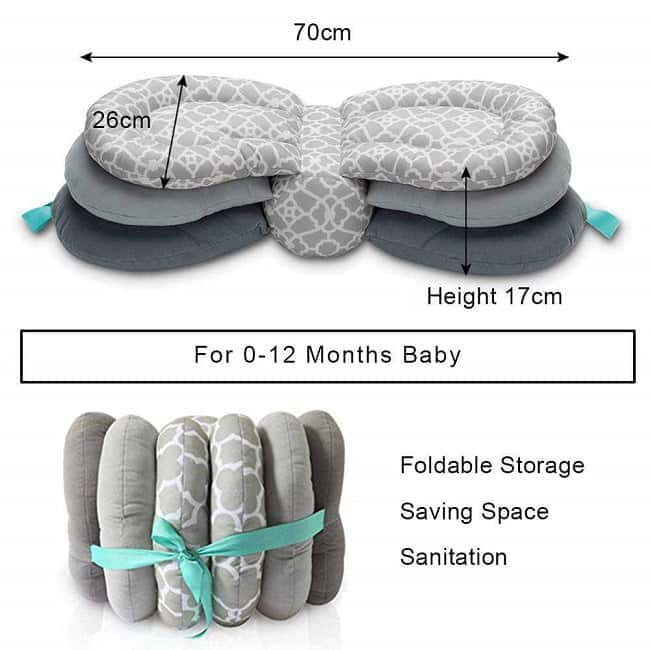


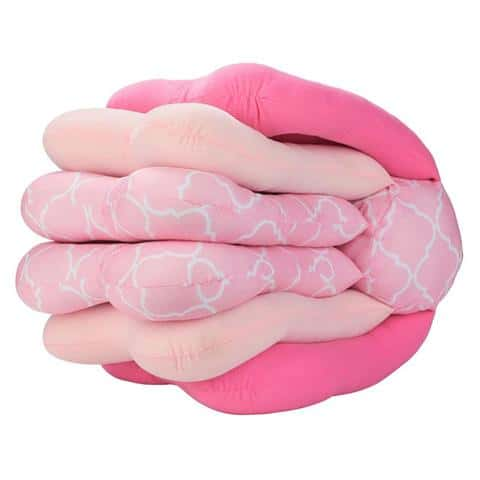
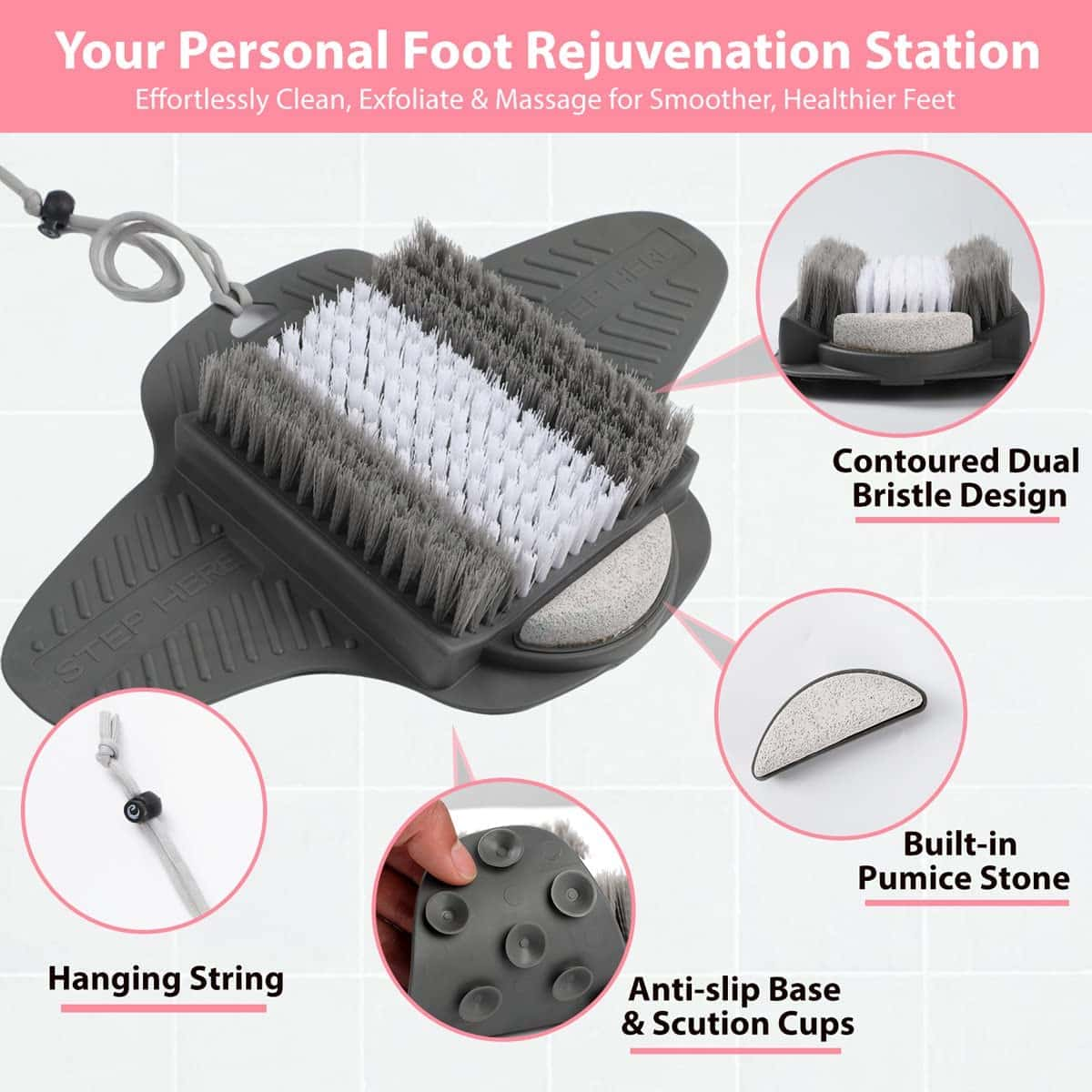







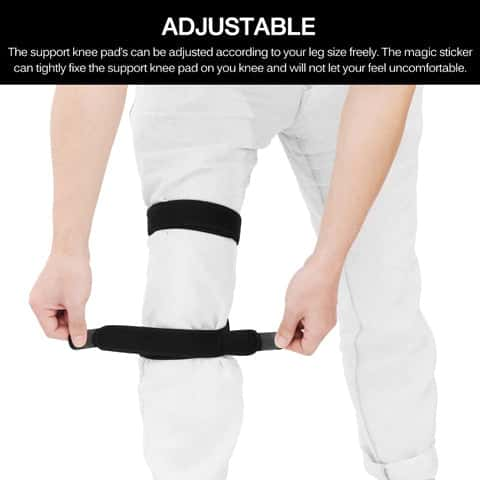









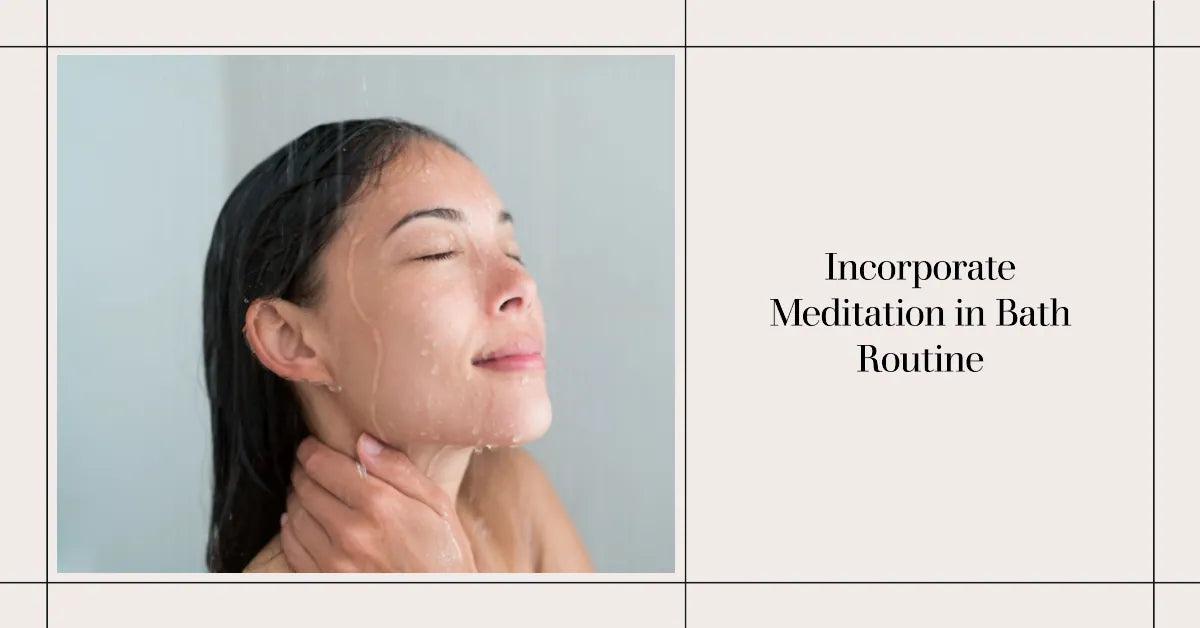
Share and get 15% off!
Simply share this product on one of the following social networks and you will unlock 15% off!